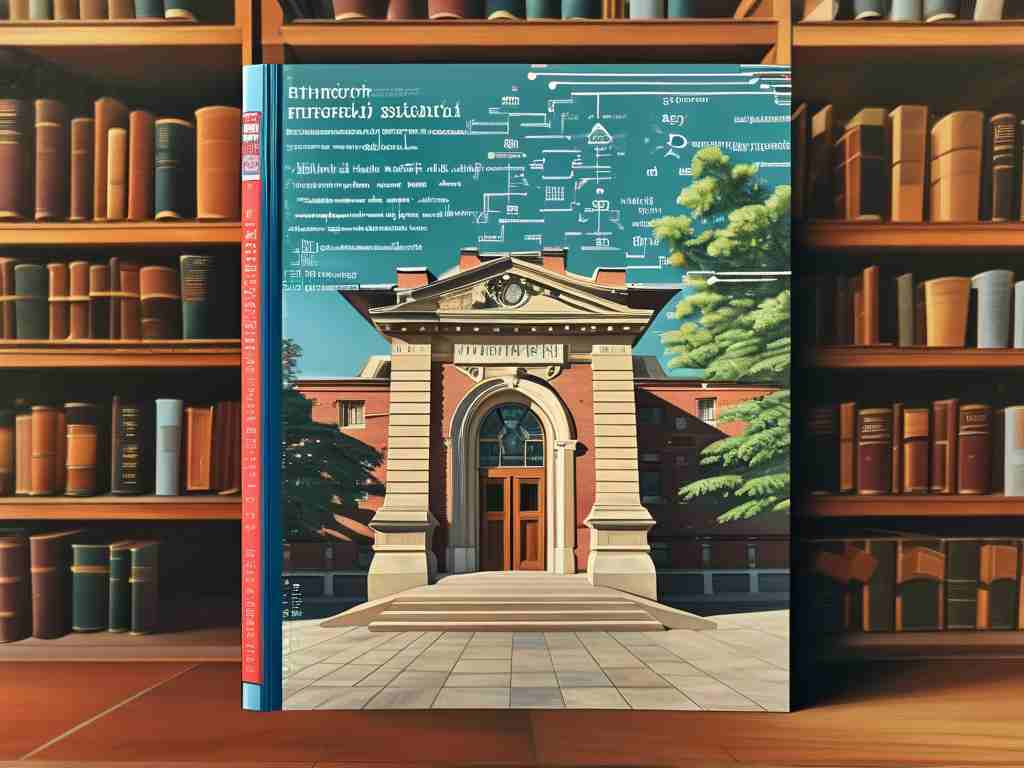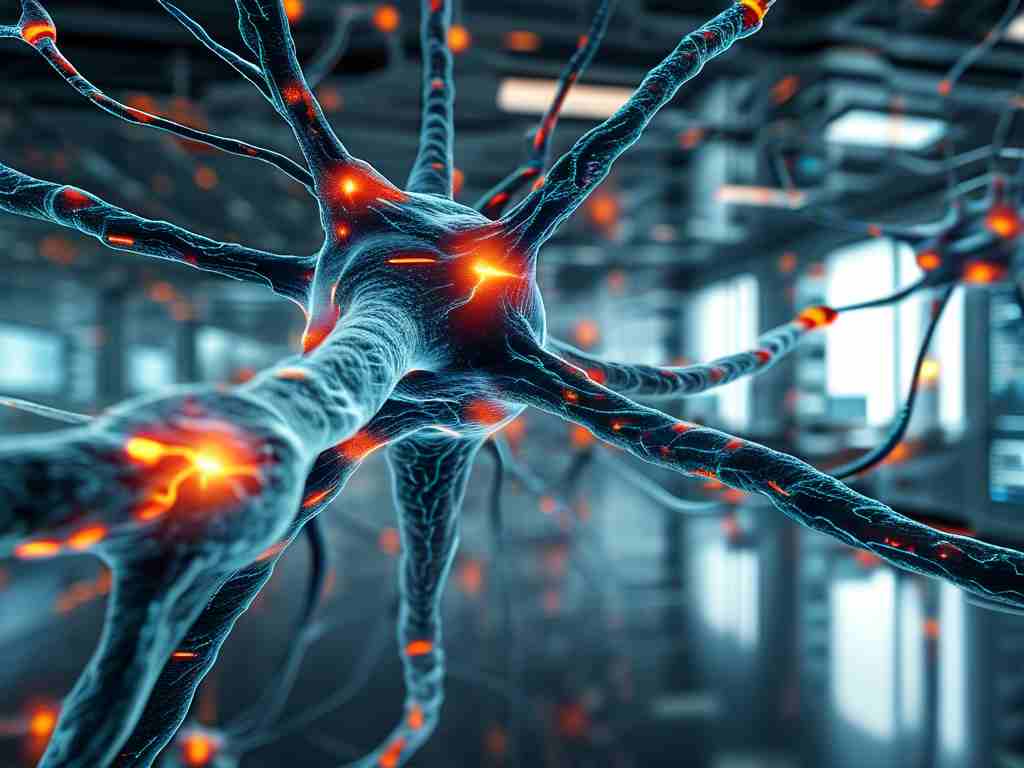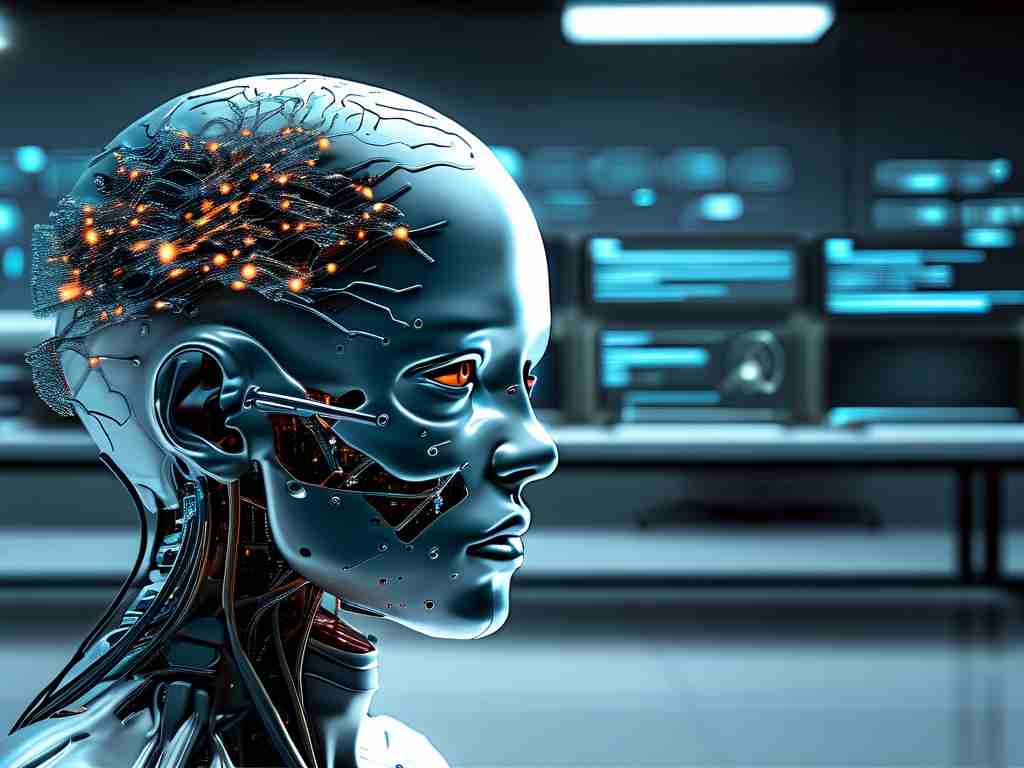As artificial intelligence reshapes global technological landscapes, Peking University has emerged as a pioneer in integrating cutting-edge neural network concepts into academic curricula. Their recently published textbook series, Fundamentals and Applications of Neural Networks, exemplifies this commitment, blending theoretical rigor with practical engineering insights—a approach now gaining international attention.

The pedagogical framework adopted by Peking University distinguishes itself through three core strategies. First, the materials emphasize mathematical foundations before introducing algorithmic implementations. For instance, Chapter 4 dedicates 50 pages to tensor calculus and optimization principles, ensuring students grasp backpropagation mechanics before coding multilayer perceptrons in Python. This contrasts with Western textbooks that often prioritize immediate coding exercises.
Second, the curriculum incorporates industry-driven case studies. A notable example includes a 20-page analysis of Baidu’s Deep Speech system, where students reverse-engineer noise reduction techniques using convolutional recurrent networks. Such real-world linkages address a common critique of AI education: the theory-practice divide. Professor Li Wei, lead author of the textbook, explains: “We collaborated with Tencent and SenseTime to design homework modules that mirror actual R&D challenges, like optimizing transformer models for low-memory devices.”
Third, the series introduces cross-disciplinary fusion, particularly between neuroscience and machine learning. Volume 2 explores biological plausibility in spiking neural networks, comparing Hodgkin-Huxley equations with LSTM architectures. This bidirectional perspective has attracted partnerships with Peking Union Medical College, where joint teams apply neural networks to EEG-based early dementia detection.
Critically, the textbooks avoid treating neural networks as “black boxes.” Interactive Jupyter notebooks (hosted on Peking University’s MOOC platform) visualize gradient descent trajectories and attention heatmaps. During a 2023 pilot program, students using these tools demonstrated 23% higher accuracy in diagnosing model overfitting compared to control groups relying solely on mathematical proofs.
However, challenges persist. Some international peers argue that the heavy emphasis on derivations—like deriving the Xavier initialization proof from scratch—may overwhelm undergraduates. Dr. Zhang Ying, a visiting scholar from MIT, notes: “While mathematically thorough, educators must balance depth with cognitive load, perhaps moving advanced proofs to optional online supplements.”
Looking ahead, Peking University plans augmented reality integrations. A beta version of their AR app overlays dynamic computation graphs onto physical textbooks, allowing learners to manipulate virtual tensors through hand gestures. Early trials show this multimodal approach reduces concept acquisition time by 40% for spatial reasoning tasks like understanding CNN feature maps.
This academic initiative reflects China’s broader strategy to lead in AI talent cultivation. By anchoring neural network education in both analytical depth and industrial pragmatism, Peking University’s textbooks may well set new benchmarks for global computer science programs. As Stanford’s Andrew Ng remarked during a recent symposium: “When academia and industry co-create curricula, students don’t just learn algorithms—they learn to reshape industries.”









